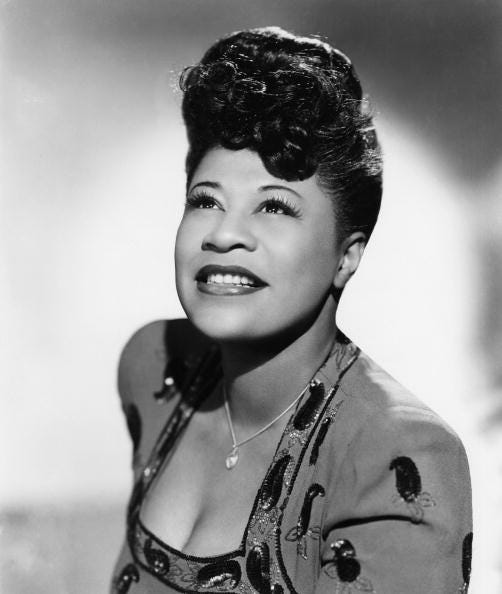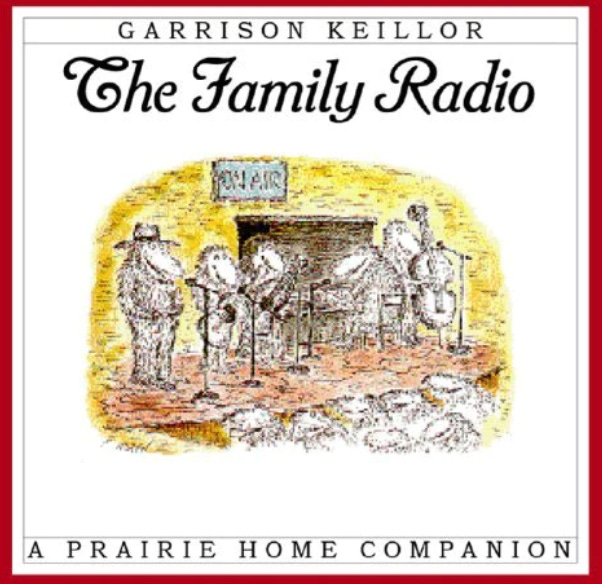“The Necessary Brevity of Pleasures” by Samuel Hazo from A Flight to Elsewhere. © Autumn House Press, 2005.
ORIGINAL TEXT AND AUDIO - 2017
It’s the birthday of American poet Ted Kooser (1939), best known for his homespun, conversational poetry that explores rural life. Kooser was born in Ames, Iowa, and when he graduated from high school, his guidance counselor, who was also the football coach, suggested he could be an architect after noticing Kooser had received all A’s in art class. Kooser had initially hoped to be a painter, because he thought that might make him romantically interesting to girls, but he thought architecture might work, too, so off he went to Iowa State, intending to study architecture, but during his junior year, he had an epiphany, left his architecture class, walked down the road, and threw his slide rule into Lake Laverne. He dropped out of architecture school and devoted himself to writing.
Like Wallace Stevens, another famous American poet, Kooser worked in the insurance business, spending 35 years at a desk job. He rose early every morning so he could write poetry for an hour and a half before going to the office. By the time he retired, he'd published seven books of poetry, including Flying at Night (2005) and Valentines (2008). His latest book is a children’s story, The Bell in the Bridge (2016).
Kooser was the 30th poet laureate of the United States and won the Pulitzer Prize for his collection Delights and Shadows (2004).
About writing about everyday things, he says, “Behind the screen of the ordinary can be found unique and wonderful things.”
Today is the birthday of “First Lady of Song." The queen of jazz Ella Fitzgerald was born in Newport News, Virginia (1917). Her smooth voice and technical skill remain unmatched in the jazz world decades after her death.
Fitzgerald got her start at Amateur Night at the Apollo Theater in Harlem when she was just 17 years old. She had intended to dance during her performance, but a prior dancing act intimidated her so much that she decided to sing instead. She won first prize for the night.
Fitzgerald won 13 Grammy Awards over the course of her life, including one at the inaugural show in 1958. She also received the National Medal of Arts, the Presidential Medal of Freedom, and the George and Ira Gershwin Award for Lifetime Musical Achievement.
On this day in 1928, Buddy, the first Seeing Eye dog, was presented to Morris S. Frank. Frank had lost the use of one eye in a childhood accident, and the other in a boxing match as a teenager. He had used a young boy as a guide, but found that he “got bored easily” and sometimes abandoned Frank for more interesting things. At age 19, Frank contacted a woman in Germany who was training dogs to be guides for WWI veterans who had been blinded on the battlefield by mustard gas. Buddy was shipped over to the United States to become Frank’s companion. “Buddy delivered to me the divine gift of freedom,” Frank said. The dog became such a celebrity that an obituary appeared in the newspapers about his death in 1948.
It’s the birthday of English military and political leader Oliver Cromwell, born in Huntingdonshire, England (1599). Cromwell was born solidly middle class and had no military experience whatsoever, but his actions led to the beheading of King Charles I in 1649. After the beheading, Cromwell insisted that Charles’s head be sewn back on his body so his family could pay proper respects. Custom normally dictated that the head be spiked and paraded through town.
Oliver Cromwell was named Lord Protector of the Commonwealth of England, Scotland, and Ireland. He had panic attacks before every battle, but he rode at the front of the cavalry, so his men loved him. As an outspoken Puritan, he created the so-called “Blue Laws,” which prohibited cursing, swearing, drunkenness, adultery, and blasphemy.
The New York and Harlem Railroad Company was incorporated on this date in 1831. A wealthy banker named John Mason co-founded the company. It was one of the first railroads in the country, and the first streetcar railway in the world.
The first section of the railroad opened in 1832. It ran for a mile, along Bowery from Prince Street to 14th Street, and over the next five years the line was extended in sections up to Harlem. It was powered by literal horsepower in the beginning; the teams of horses had to work very hard to pull the heavy streetcars, and usually only lived for a couple of years. Many people were concerned for their welfare. Groups formed to make sure that the horses were given ample water throughout the day, and in 1866, New York officials granted a charter to an animal welfare association called the American Society for the Prevention of Cruelty to Animals — the ASPCA — to protect the horses and establish a horse ambulance. In 1837, steam engines took over part of the route, but they were only allowed in the less populated parts of the city. At that time, that was anything north of 23rd Street. Horsecars were still used for public transit in some parts of New York City until the early 1900s.
The New York and Harlem Railroad is now part of the Metro-North commuter rail system’s Harlem line, and it runs all the way up through Harlem into Westchester, Putnam, and Dutchess Counties.






I often wander in & out of consciousness at work shelving books. my mind races to one memory to another fantasy sequence. Ted Kooser's perspective made me rethink what my dream job should be.
I enjoy creating lines of poetry although it's not full-time or wealth-endowed. There has been epiphanies here & there. Few famous people have quit their day jobs and followed their Muse wherever it leads. Perhaps more of us regular folk should pursue something with substance. We are not robots on an assembly line. We must matter.